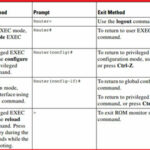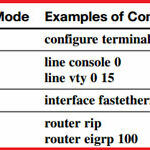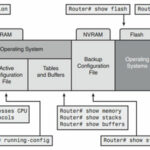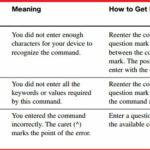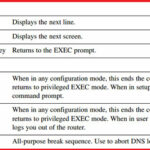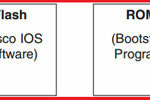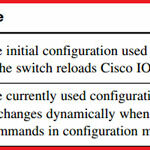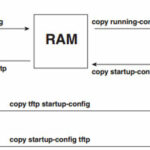Basic Cisco Router Configuration Commands :-
When people is thinking about Cisco Routers then first thing comes in mind is it’s one big device in IT- Server room. if you have same mindset then read this An Introduction to Routers . 🙂 yesterday my one friend comment on my post on Facebook . My visitors comments always motivate me to write articles on the particular topic.
If you are doing CCNA then it’s good for you to read my articles and make one notes. it will help you in both Interview and your professional life.
In this article i am going to show you Basic Cisco Router Configuration Commands, Cisco router configurations commands are in the plain English. it’s not a hard-job to remember this commands.
You use the CLI to access Cisco IOS software. Because the CLI is divided into many different modes, the commands available to you at any given time depend on the mode you are currently in. Entering a question mark (?) at the CLI prompt allows you to obtain a list of commands available for each command mode.
When you log in to the CLI, you are in user EXEC mode. User EXEC mode contains only a limited subset of commands. To have access to all commands, you must enter privileged EXEC mode, normally by using a password. From privileged EXEC mode you can issue any EXEC command—user or privileged mode—or you can enter global configuration mode. Most EXEC commands are one-time commands. For example, show commands show important status information, and clear commands clear counters or interfaces. The EXEC commands are not saved when the software reboots
ROM monitor mode is a separate mode used when the Cisco IOS software cannot load properly. If a valid software image is not found when the software boots or if the configuration file is corrupted at startup, the software might enter ROM monitor mode.
User mode: –
Router >
Router > enable
Privilege mode: –
Router # show running-config
Router # show startup-config
Router # show flash
Router # show version
Router #show ip interface brief
Router # configure terminal ( to enter in Global configuration mode)
Global configuration mode: –
Router(config) #
Assigning ip address to Ethernet interface: –
Router(config) # interface <interface type> <interface no>
Router(config-if) # ip address <ip address> <subnet mask> (Interface Mode)
Router(config-if) # no shut
Assigning Telnet password: –
Router(config) # line vty 0 4
Router(config-line) #login (line mode)
Router(config-line) #password <password>
Router(config-line) #exit
Router(config) #exit
Assigning console password: –
Router(config) # line con 0
Router(config-line) # login (line mode)
Router(config-line) # password <password>
Router(config-line) # exit
Router(config) # exit
Assigning Auxiliary password: –
Router(config) # line aux 0
Router(config-line) # login (line mode)
Router(config-line) # password <password>
Router(config-line) # exit
Router(config) # exit
Assigning enable password: –
Router(config) # enable secret <password> (To encrypt the password)
Router(config) # enable password <password>
Show commands: –
Router # show running-config
Router # show startup-config
Router # show version
Router # show flash
Commands to save the configuration: –
Router # copy running-config startup-config
( OR )
Router # write memory
( OR )
Router # write
Console Error Messages :-
CLI Navigation and Editing Shortcuts :-
Storing and Erasing Configuration Files :-
When you configure a Cisco device, it needs to be able to retain the configuration in memory in case the switch or router loses power. Cisco devices have four main types of memory.
Cisco devices use two configuration files—one file used when the device is powered on, and another file for the active, currently used running configuration in RAM.
Names and Purposes of the Two Main Cisco IOS Configuration Files :-
Configuration files can also be stored on a TFTP server. The configuration files can be copied between RAM, NVRAM, and a TFTP server using the copy commands
You can use three commands to erase the contents of NVRAM. The write erase and erase startup-config commands are older, whereas the erase nvram :command is the more recent, and recommended, command. All three commands erase the contents of the NVRAM configuration file.
Hope you like my post.Basic Cisco Router Configuration Commands. Please Share with others.



